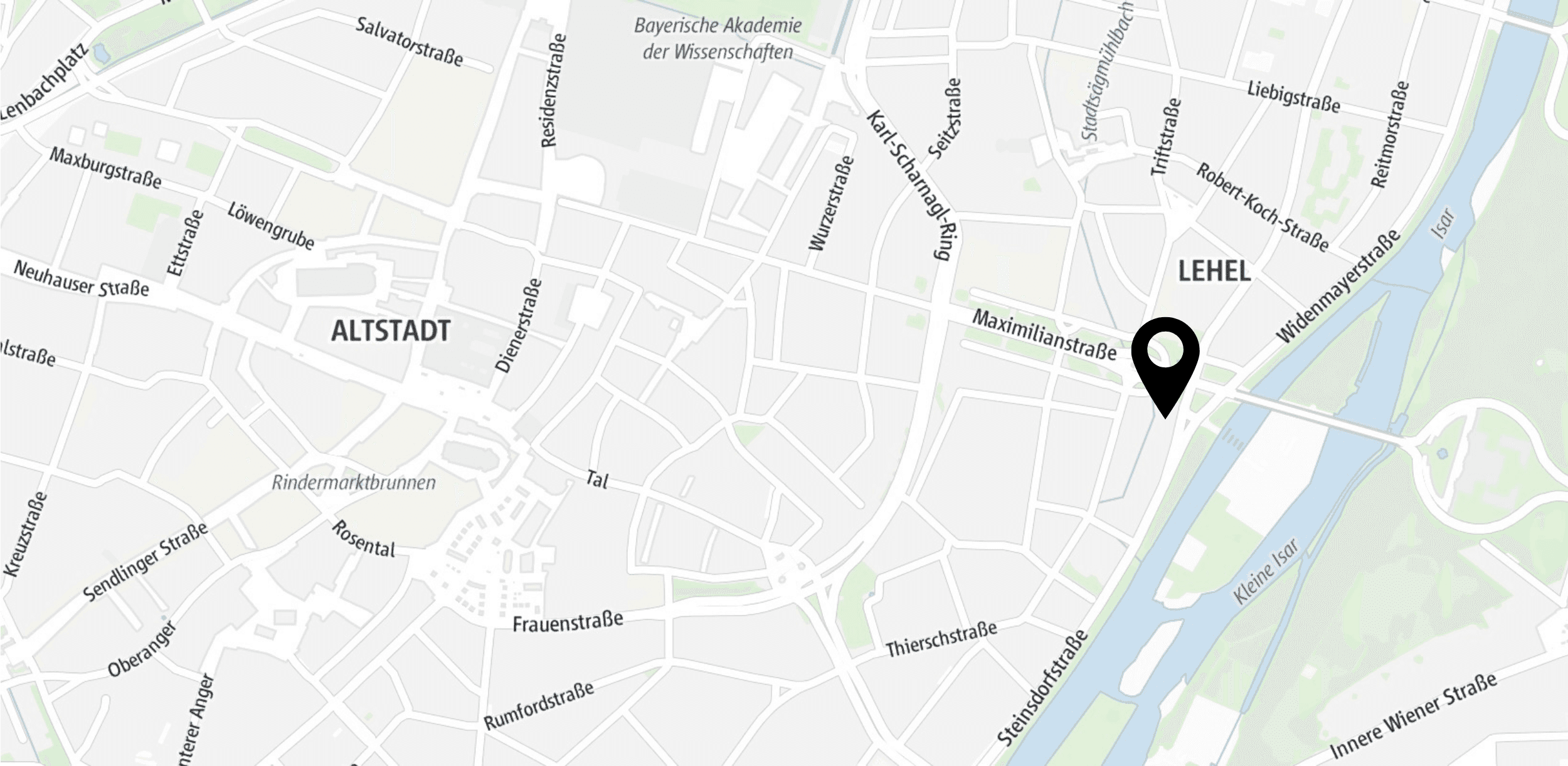In the ever more complex landscape of the internet, companies are increasingly faced with the challenge of designing their online presence to stand out from the competition and effectively reach their target audiences. But in the midst of these efforts, one crucial component often goes unnoticed: Accessibility or "Web Accessibility".
The World Wide Web Consortium (W3C) has set clear standards in this area: What web accessibility means and how it should be implemented on websites. In addition, EU legislation obliges companies to make their websites accessible from mid-2025. Web accessibility is therefore no longer a 'nice-to-have'. There is widespread agreement that this topic is of great importance! Accessibility is becoming increasingly relevant, especially in view of its inseparable connection with another important aspect of online presence: search engine optimization (SEO).
The importance of accessibility for SEO
While most companies focus their SEO efforts on keywords, backlinks and content, accessibility often remains a neglected aspect. Yet it is precisely here that a decisive competitive advantage could be hidden. Because although Google has emphasized that accessibility has no direct influence on the ranking in search results, it is closely linked to user experience (UX) - and a positive UX is a decisive factor for a good ranking in search results
For example, it is hard to believe how many people have a visual impairment and therefore do not have a good user experience because accessibility is not adequately taken care of.
The connection between accessibility and UX
An accessible website is not only important for people with visual impairments or other limitations, but improves the user experience for everyone. Clear and concise alternative text descriptions for images (alt text), well-structured headings, lists and links, and fast loading times help users, screen readers and other assistive devices to find, understand and consume content more easily. And a positive user experience leads to more engagement, longer time spent on the website and ultimately better SEO metrics.
The four pillars of web accessibility: The Pour principle
Web accessibility is ultimately based on four basic principles. These principles ensure that digital content is accessible to a diverse audience with different abilities. In English, we speak of the POUR principle, which is made up of the cornerstones Perceivable, Operable, Understandable and Robust.
- Perceivable: The cornerstone of accessibility is ensuring that all users can perceive the information presented on your website. This means making text and images accessible to all, including providing alternative text for images, subtitles for videos and transcripts for audio content. The aim is to take account of different sensory abilities and ensure that the content is clear and understandable regardless of how it is perceived.
- Operable: An important aspect of an accessible website is that all functions are operable for everyone. This includes ensuring that all navigation and user interface components are only accessible via the keyboard, that users are given sufficient time to read and interact with the content and that elements that could trigger seizures or physical reactions are avoided.
- Understandable: The content of your website and the operation of the user interface should be easy to understand. This means using clear and simple language, providing predictive navigation and ensuring that the purpose of each element is clear. Error messages should be clear and concise so that users can easily resolve errors.
- Robust: Finally, your website content should be robust enough to be reliably interpreted by a variety of user agents, including assistive technologies. Adherence to standard coding practices and the use of semantic HTML tags are critical to this. Your website should be able to adapt and remain accessible as technologies evolve.
Practical tips for accessible websites
- Readable content: Alternative text descriptions for images are essential to ensure that content is accessible to all. Clear and concise language makes it easier for users to understand the content.
- Structured data and semantics: Well-structured headings, lists and links not only make navigation easier for screen readers, but also help search engines to better understand and index the content of your website. The use of semantic HTML tags such as <header>, <nav>, <main> and <footer> improves the structure of your page.
- Website speed: A fast loading time is crucial for the user experience and is also rated positively by search engines. Optimize images and media, minimize HTTP requests and use caching techniques to reduce loading times.
- Contrast: Adequate color contrast improves readability for people with visual impairments and contributes to overall user-friendliness. Make sure that texts are easy to read and stand out clearly from the background.
The legal dimension of accessibility
In view of the increasing legal requirements, such as the "EU Accessibility Act", it is essential for companies to take this topic seriously. From 2025, web accessibility will even become mandatory for publicly active companies. An accessible website is not only an ethical obligation, but can also have legal consequences if it is not complied with.
Conclusion: Accessibility and SEO go hand in hand
At a time when the digital presence of companies is becoming increasingly important, it is crucial to consider the needs of people with disabilities. An accessible website is not only a sign of inclusion, but also a crucial factor for a successful SEO strategy. By making your website accessible to all, you not only improve the user experience, but also your visibility in the digital space. So, do you have the importance of accessibility for your online presence on your radar yet? It could make all the difference.
We can help you make that difference.
Learn more about our web accessibility services.









